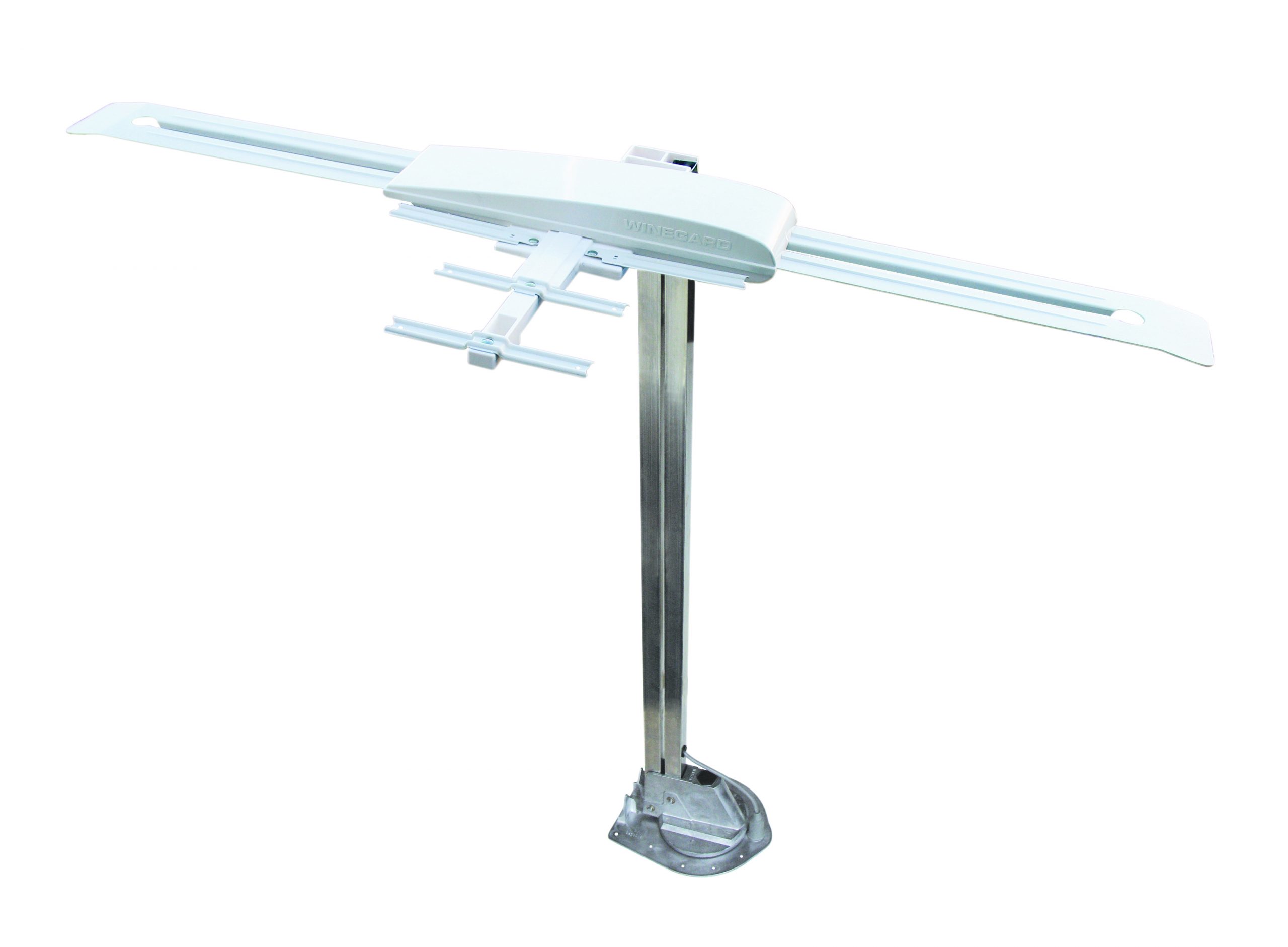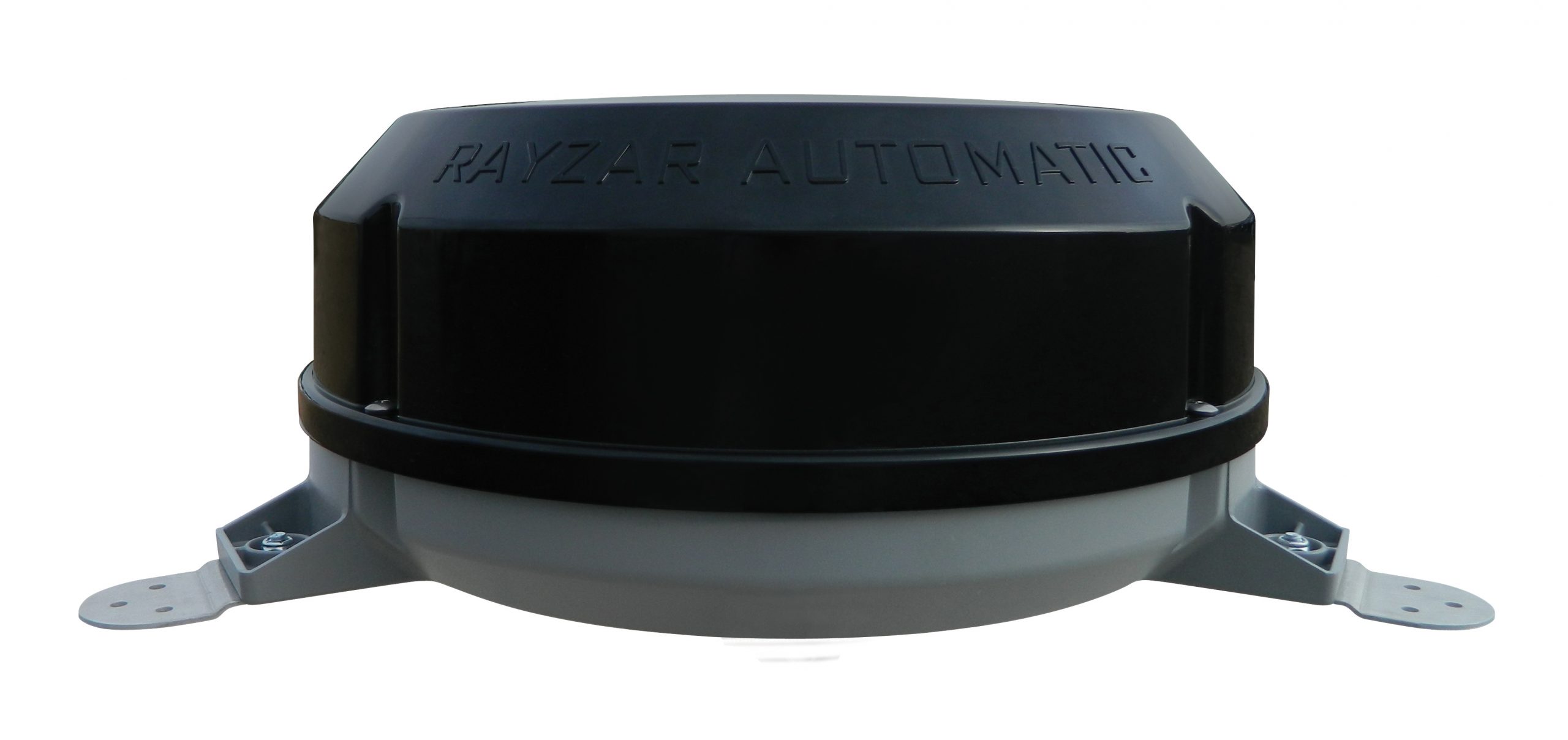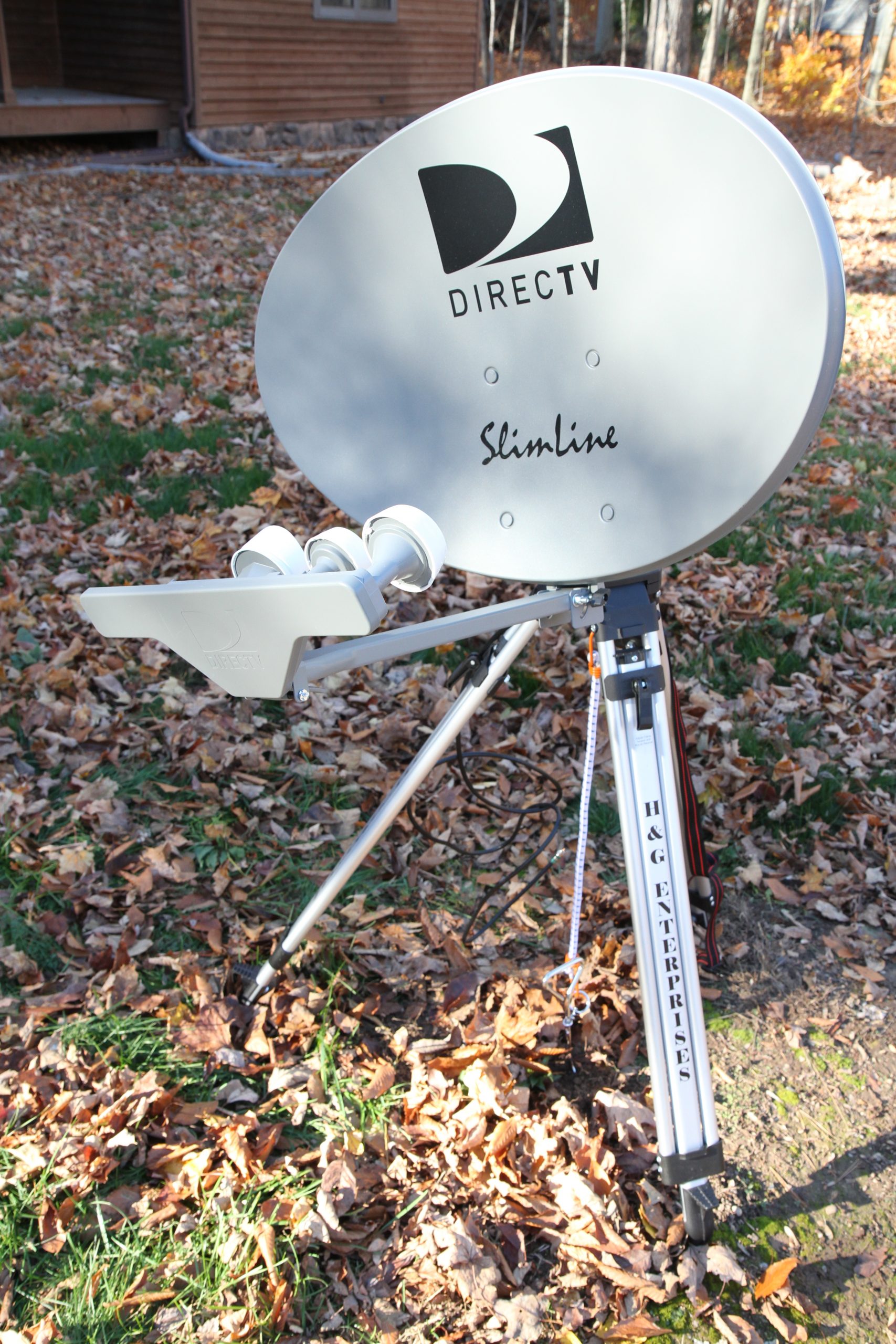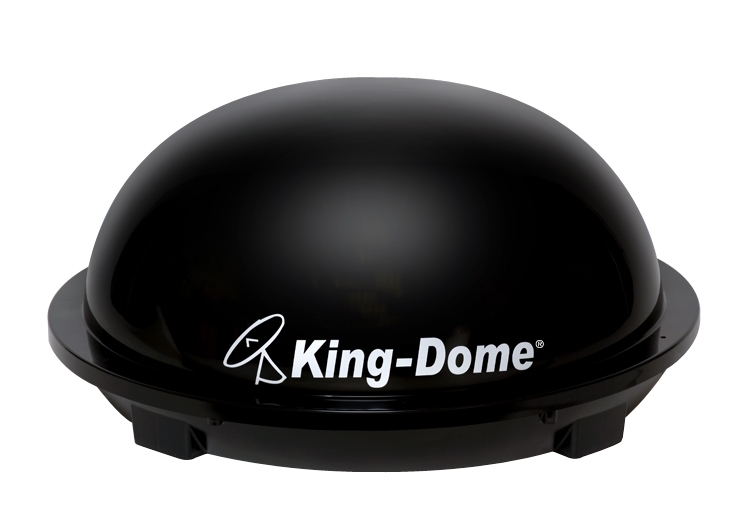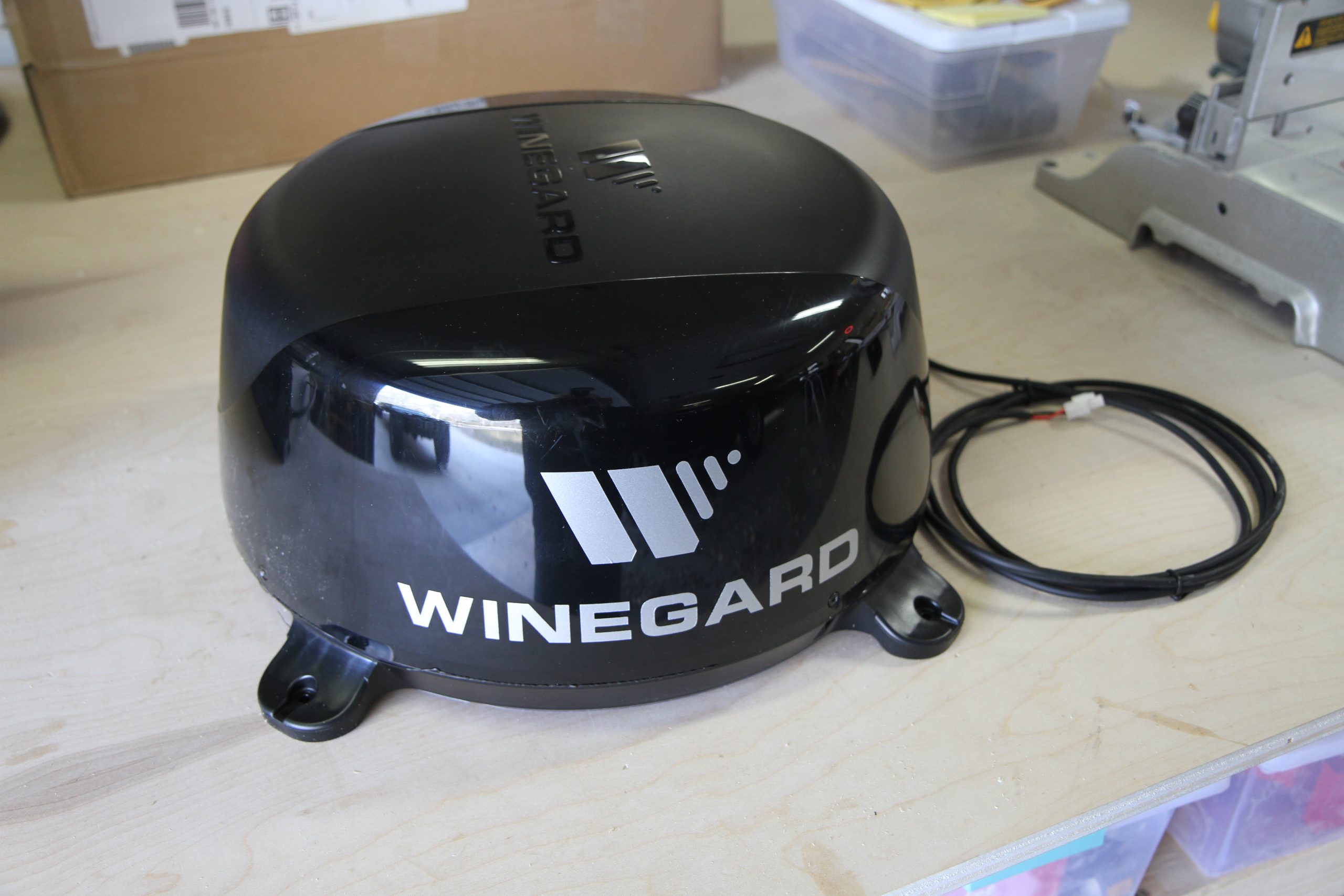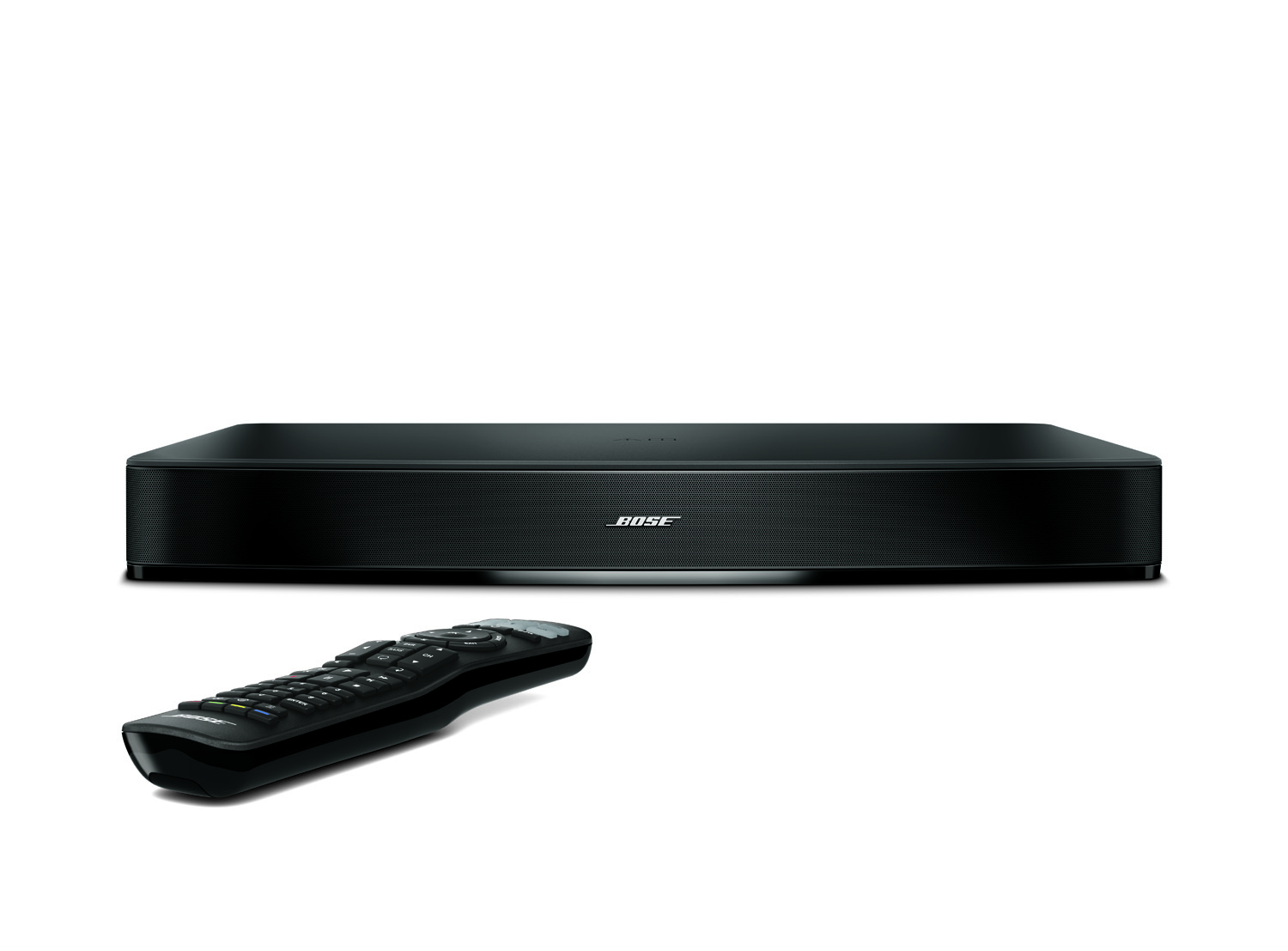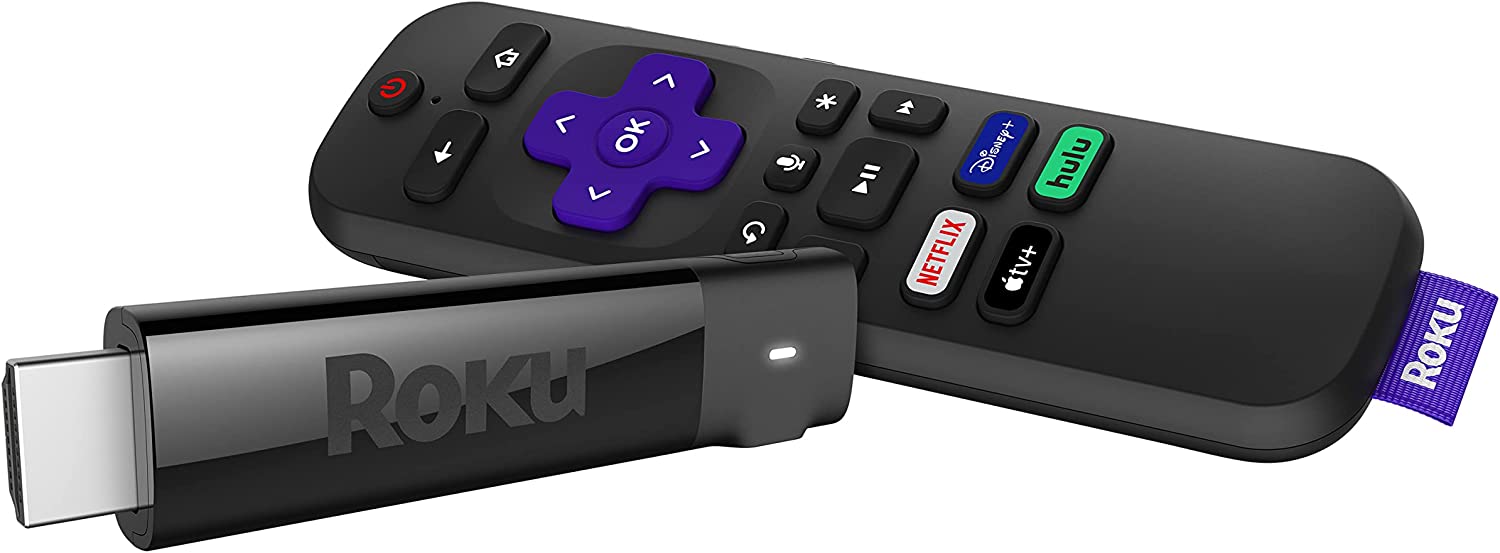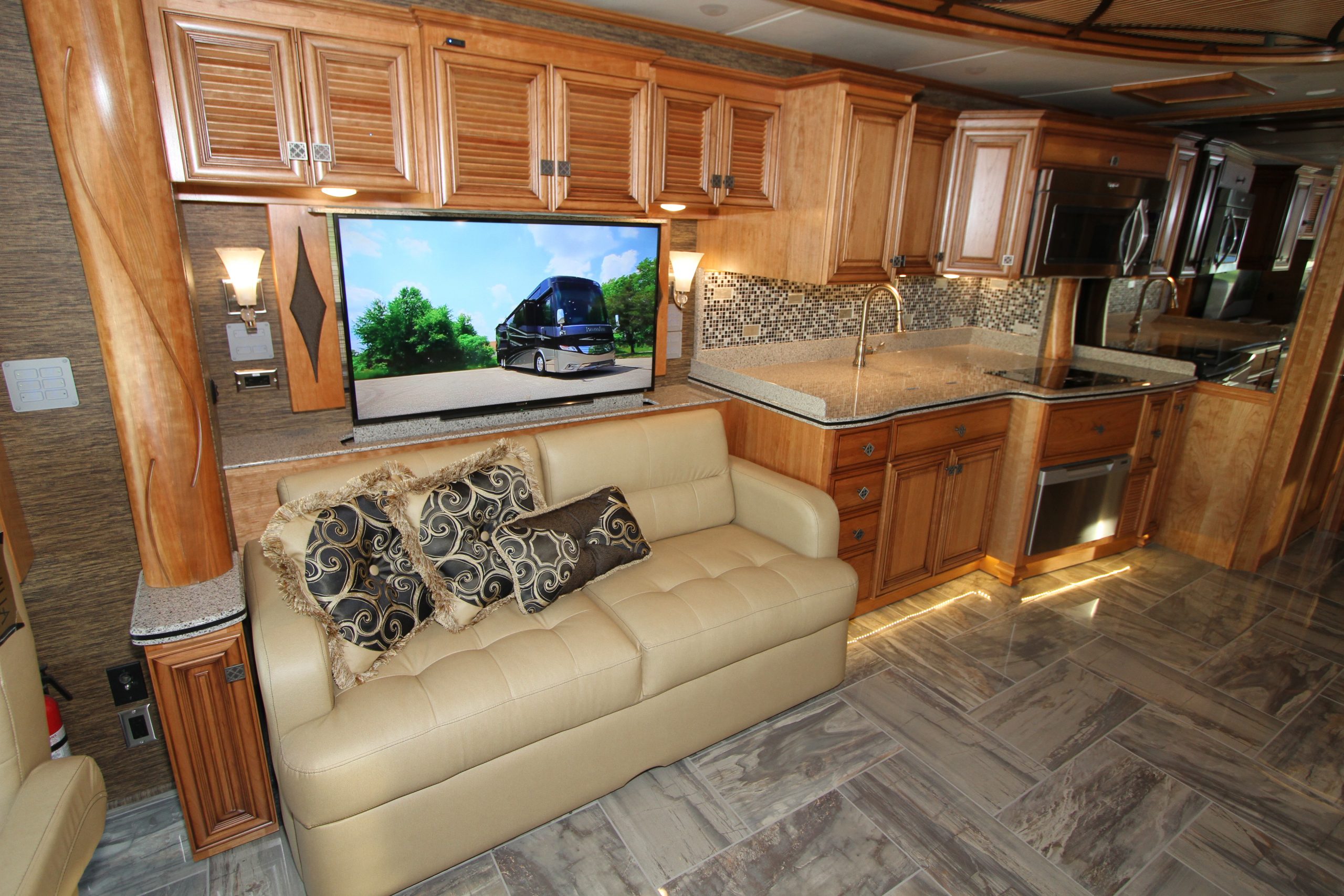Entertainment systems are key features on an RV
Go through any motorhome on a dealer’s lot and you’ll find advanced systems that rival anything found in a home. But RV entertainment systems have changed over the years…
What began in the early days as a small portable 12 volt television with rabbit ears has now evolved into a sophisticated system featuring numerous digital input sources, such as Blu-ray players, satellite TV, streaming video and large screen LED TVs with surround sound systems. VCRs have been replaced by DVRs, DVDs by Blu-ray, and even 1080P HD signals are being supplemented by 4K UHD. Even over-the-air free broadcast TV has changed. The old analog VHF TV channels have been upgraded to digital UHF channels, with multiple channels with different programming coming from a single TV station. The Internet has made massive strides as technology and bandwidth have improved and streaming services, such as Netflix and Hulu, are quickly becoming the next great thing.
Delivery Methods
The content that you desire to view is meaningless unless you can get it delivered to your RV. While cable TV and Internet may be fine for a sticks-and-bricks home, it’s not going to work in an RV that is mobile.
A Winegard Sensar batwing style crank-up antenna.
Over-the-air free broadcast TV is always available as long as you are in range of a broadcast TV station’s tower and the original crank-up batwing TV antenna still works today. You crank it up to raise the antenna and then rotate it to point in the direction of the TV station. Adding a Wingman booster will help pull in stronger UHF signals. The “height is might” analogy applies here. The downside is that you need to manually raise and rotate it and you’ll need to remember to retract it before you move, or else it will be damaged while driving.
The Winegard Rayzar Automatic is an automatic over-the-air antenna.
A more convenient system is Winegard’s Rayzar Automatic, which is a round enclosure with a digital antenna that rotates automatically to find the stations that are within range – simply by pressing a button. This antenna also includes a built-in amplifier and, while the batwing with Wingman does pull in stronger signals, the Rayzar Automatic isn’t very far behind and you don’t have to worry about having to retract it before traveling.
The next big thing to show up in RVs was satellite TV. With a dish aimed at the southern sky, one can receive paid content from providers such as DirecTV or DISH Network. Different plans are available and the cost rises as the number of channels increases. These units can use a portable tripod-based dish which requires manual aiming, or can be fed through an in-motion dome or via an automatic roof-mounted dish such as the Winegard Trav’ler or RF Mogul’s excellent Eagle dish. Just power up the system and it will search for the satellite and lock on automatically.
The manual dish mounts to a tripod and requires a bit of work to set up and adjust to find the satellite. Various apps exist to show you the correct azimuth, elevation and skew so that you can set the dish to these approximate settings and then use a signal meter to analyze the signal level as you fine tune or dither the dish to achieve the strongest signal. While this takes work, it may be necessary if you plan on staying in one place for a while where the tree coverage prevents a rooftop mounted dish from getting a clear signal from the satellite.
The satellites are located near the equator in a geosynchronous orbit, so your dish needs to be aimed towards the southern sky to find the satellite. Azimuth and elevation will change as you move around the country and anything that blocks the signal, such as trees, will prevent access to the satellite. Even storm clouds will make a difference and rain fade is a common occurrence if storm clouds come rolling in.
The King-Dome is one example of an in-motion satellite dish.
Automatic domes were available from suppliers such as KVH, Winegard and King Controls that eliminated the manual setup procedures and were popular at first, but by 2000 had fallen in favor for a number of reasons. First, DirecTV began making more HD content available. This necessitated moving HD content from the lower bandwidth KU band to the higher KA band. The in-motion dishes weren’t capable of receiving the KA band, which required a triple LNB oval dish. There just wasn’t enough room inside the dome to place a triple LNB dish. In fact, the dome required a fairly small dish that didn’t equal the signal strength of a large tripod or roof mounted dish. This created a weaker signal which was really susceptible to rain fade, especially if there was any morning dew or snow on the dome.
The Winegard Trav’ler automatic satellite dish is an automatic deploying dish.
Fortunately, Winegard introduced the Trav’ler automatic dish. This dish could be set up for DirecTV or DISH Network use. This rooftop-mounted dish automatically deployed with the push of a button, searched for the satellite and locked onto the signal. When ready to travel, a second button push on the controller caused the dish to fold up flat into the storage position for travel. RF Mogul also came out with the Eagle automatic dish which was a superior unit to the Winegard. These units provided satellite TV to any RV and were the number one choice – at least until streaming appeared.
The Winegard ConnecT 2.0 can connect to cellular or campground Wi-Fi sources and will provide internet access via an internal router to any connected device in the RV.
At home, nearly everyone has high speed Internet and, as streaming services first began to offer entertainment content, many of the old standbys started to decline in popularity. Satellite TV subscription costs steadily rose every year, causing its popularity to decline. The RV industry was only a small percentage of the market, so issues such as portability of local channels while traveling also became a hassle. Gradually the entire world began to embrace streaming entertainment rather than cable or satellite TV. It began with services such as Netflix, with movie content that virtually put DVD rental stores out of business. Soon, services such as Hulu began to offer much of what was currently available on satellite and cable TV. Once other content providers jumped in with their own services, the “cut the cable” rush was in full swing. Now it was just up to the RV owner to figure out how to get this streaming content into their motorhome.
Streaming requires a high speed Internet connection. The early days of dial-up were fine for accessing email or viewing the weather, but too slow for streaming content. Campground Wi-Fi was the next step but as everyone got on the streaming bandwagon, the bandwidth demand exceeded the ability of the campground to supply enough bandwidth. So limitations were imposed by the campgrounds as Wi-Fi service became spotty.
As cell towers began to appear everywhere, this offered an alternative. And as signals improved to 3G, 4GLTE and now 5G, the ability to handle larger data (such as streaming video) improved. It was now up to the cell companies to provide packages that were capable of handling streaming video. In essence, the cell companies were now getting the monthly premiums that were previously going to the cable and satellite companies. But because the Internet was so popular anyway, the subscribers were at least getting more for their money by not having to pay both a satellite TV bill to one supplier, and a cellular internet service bill to another.
To get a cellular or Wi-Fi feed into your motorhome, you would need a router to set up a personal network as well as an access device such as an air card, Jetpack or SIM card that plugs into a wireless router. One popular device for motorhome owners is the Winegard ConnecT 2.0. This dome mounts on the roof of the RV and can connect to a campground Wi-Fi source or to an AT&T or Verizon cell service via a SIM card. It then creates a personal wireless network within your RV. This lets you log into the wireless router with the same login information every time – on your phones, iPads, laptops or connected coach systems, regardless of where the incoming source is coming from.
One other source for streaming video is satellite Internet, such as Hughes Net. This is a pricey option and has limits on monthly bandwidth usage. It has long latency issues because the signal needs to travel 22,000 miles up to a satellite and back again. This makes it a bad choice for online gaming but isn’t a problem for streaming video such as movies where constant two way upload and download communication isn’t required. It has the same limitations as satellite TV in that rain fade and trees are a concern, but it does have the benefit of being able to be used in the middle of nowhere when cellular communication is spotty (at best) and where Wi-Fi is non-existent.
System Components
An entertainment system is just that – a system. In addition to an antenna, dish or other source, you need to have a distribution system and viewing devices. An over-the-air antenna or cable TV feed will send their output via a RG6 coaxial cable. An OTA antenna needs a bit of help, so an amplifier will utilize 12 VDC power to send a signal up through the coax to the antenna to boost the signal. Cable TV does not need this, so the cable tv coax is typically connected to the antenna booster switch, which actually acts as a 2-way coax switch as well. When the button is pressed it will illuminate, indicating that the amplifier is sending its signal to the OTA antenna. When the button is released, the pilot light will go out and the amplifier will turn off. At the same time, it will switch the coax input from the antenna to the cable TV feed. The output from this switch then goes to a coax splitter that can send the output signal to up to four different TVs via their coaxial input jacks. The internal tuners on each TV will be used to select the channels.
Satellite receivers or DVRs require a subscription to a satellite provider.
A satellite dish also uses coax to deliver its signal but it’s not the same frequency as the RF signal sent by the antenna or cable TV. The dish outputs a high band signal that cannot be read by any TV. Instead, it must go directly to a satellite receiver or DVR, which is nothing more than a receiver with recording capability. The receiver will then handle the tuning and selection of channels which will then be sent out via HDMI cabling to an HDMI distribution amplifier, which can then send that information to an HDMI input on any of up to four TVs.
Local content, such as output from a Blu-ray player or laptop computer with an HDMI jack, can also be sent to an HDMI input jack on a TV. Most modern TVs have multiple HDMI jacks and can handle multiple feeds so that DVDs and satellite receivers can be connected at the same time. But most entertainment systems utilize a distribution center that allows switching from all of these inputs via a remote control and sends the output on a single HDMI cable to each TV via a 1×4 HDMI distribution amp. This also connects to a surround sound system or sound bar so that every input gets the same high quality audio. However, there are cases where a second source may still be desired, such as in the bedroom where a second Blu-ray player or satellite receiver may be used.
Dongles, like this Roku, connect to a TV’s HDMI input to allow easy access to streaming internet video via a remote control.
In the case of streaming, there is no antenna or dish to provide a hard-wired signal. Streaming content is delivered over the Internet and sent throughout the RV via a Wi-Fi signal. If you want to watch this content on your laptop or iPad, you just access your web browser or smartphone app and log into whatever service you are registered with. If you want to view this content on your TV, it’s a different matter.
Some smart TVs have built-in apps that can log onto certain streaming services, but not every TV has that ability and the service you want might not be available on that TV. Instead, you’ll have to buy a wireless interface device that connects to an HDMI input port on your TV. These devices range from boxes with cables that extend to the TV to dongles that plug directly into an available HDMI port on the TV. These devices vary and include brands such as Roku, Amazon’s Firestick, Fire TV, Apple TV, Xbox and others.
Not every streaming source will work with every device, so you’ll need to match the device with the streaming services that you want to watch. Note that the average household utilizes three streaming services, so plan ahead before you buy. If you install the dongle on your HDMI distribution center, you’ll probably only need one device. But if you want to watch another feed, such as a bedroom TV that isn’t playing the same channel as the main feed, you’ll need a second device for that TV. Most aren’t that expensive and can be less than $50 while some, like the Apple TV, can cost quite a bit more.
Content
Now that you have content available, what do you want to watch? Each service offers their unique selection of programming. Many networks are moving their main programming to streaming networks. So if you want to watch certain shows that used to be on free OTA broadcast TV, you may now find that you’ll have to move to a paid subscription for their streaming services. NBC created their Peacock channel, Disney has Disney Plus, Discovery channel has Discovery Plus and on and on. Most of them offer mostly proprietary programing, so you’ll have to decide whether or not they are worth it to you. Netflix is known for its collection of movies. Hulu, YouTube TV, Sling, Fubo TV and others offer various plans. Some providers, such as Tubi, Pluto and Freecast offer free streaming.
Basic pay plans include advertising, but most offer extra cost upgrades that can eliminate ads and offer a greater selection of channels. Many offer live TV as well. Some, like Hulu basic, offer certain live network channels but to view those shows you’ll have to wait until the next day and stream them from their library. If you have a live TV option, you can watch them live in real-time, which is particularly helpful for sports. Or you can use their DVR service to record to your PC or their cloud-based service.
It’s also important to notice that not every service that offers live network channels – such as ABC, NBC, CBS or Fox – will offer all of them. In many cases, one will be missing. The important thing to remember is to research the content providers first to see what you want to watch and what you can live without. Chances are you aren’t going to get it all and will have to give up something. This is one reason why most content consumers have more than one streaming source.
TVs mounted on a power lift mechanism, liker in the Newmar London aire, are a popular feature in newer motorhomes.
Final Choices
Once you’ve found the provider or providers of your choice, check to see which devices will work with your content. Not every device will handle every single content provider so, after you’ve chosen your content provider, be sure to compare before purchasing your device. Nobody likes multiple devices hanging out of the back of their TV.
A number of coaches now feature large 50” LED Smart TVs that are mounted on power lifts so they can be raised up for viewing and lowered into the cabinet when you just want to look out the window. Devices such as Roku can be had in a block design with a cable that extends to the TV’s HDMI port or through a direct HDMI plug-in dongle. The dongle may be a better choice with a TV on a lift because it rides with the TV and you won’t have to worry about cords getting tangled or unplugged. However, this depends on where the TV’s HDMI ports are located. You’ll have to ensure that it doesn’t stick out too far so that it gets knocked off when the TV is raised or lowered.
To ensure safe and proper functioning of these entertainment systems, be sure you’ve got a solid understanding of your RV’s batteries and baseline knowledge of RV electricity too.

Mark Quasius is the founder of RVtechMag.com, the past Midwest editor of RV Magazine, writes for numerous RV-related publications and a regular Contributor to FMCA’s Family RVing Magazine. Mark and his wife Leann travel in their 2016 Entegra Cornerstone.
